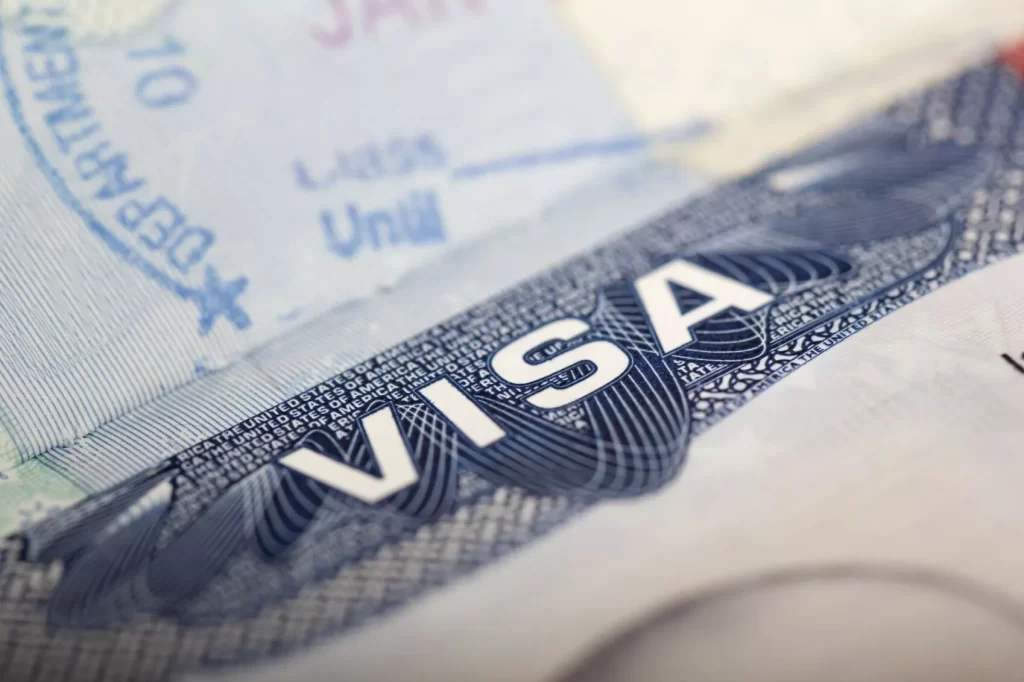Does The United States Still Allow Employment-Based Immigration?
Globally, the United States is renowned as the land of opportunities, a beacon for individuals yearning to showcase their skills and excel in their professions. This promise of potential growth and the chance to live the ‘American Dream’ has drawn countless professionals to its shores. In this article, we will cover interesting aspects of employment-based immigration in the United States, demonstrating that the country continues to welcome foreign workers’ talents and skills.

The Concept of employment-based immigration
Employment-based immigration refers to a non-US citizen’s legal pathway to gain Permanent Resident status (commonly referred to as a Green Card) based on their skill level, academic qualifications, or unique abilities. For professionals seeking to pursue their American Dream through employment opportunities, consulting a skilled Chicago employment-based immigration lawyer can provide expert guidance in navigating the complex process of obtaining a Green Card, ensuring your unique talents and qualifications are effectively presented to maximize your chances of success.
A fundamental cornerstone of the US immigration system, employment-based immigration operates on a preference system, ranging from priority workers (Extraordinary Ability, Outstanding Professors and Researchers, Multinational Executives, and Managers) to lesser skilled workers.
Employment-based immigration in the United States isn’t a free-for-all. Each year, around 140,000 employment-based immigrant visas are made available to qualified applicants under provisions of US immigration law. Interesting, isn’t it? This quota system ensures diversity, as no country can receive more than 7% of these visas annually, fostering a rich, multicultural fabric within the workforce.
The employment-based immigration system is divided into five preference categories, often referred to as the Five Eb’s:
First Preference EB-1: This is for priority workers with extraordinary ability.
Second Preference EB-2: This category covers professionals with advanced degrees or exceptional ability.
Third Preference EB-3: This is for skilled workers, professionals, and unskilled workers.
Fourth Preference EB-4: This category includes special immigrants, such as religious workers, broadcasters, military members, and others.
Fifth Preference EB-5: This is for immigrant investors who invest a substantial amount of money that creates jobs in the US.
Employment-based immigration policy in the US doesn’t merely supplement the American workforce; it contributes to cultural diversity, fosters innovation, and fuels the country’s economy. From Silicon Valley startups to hospitality sectors, foreign professionals bring their unique perspectives to the table, visualizing common issues through a global lens.
Despite ongoing debates surrounding immigration policies, the United States continues to welcome foreign talent through employment-based immigration. This is a testament to the country’s heritage, built upon and enriched by immigrants from around the world.
Thus, to answer the burning question: yes, the United States continues to allow employment-based immigration, staying true to its ethos of being the land of opportunities.

